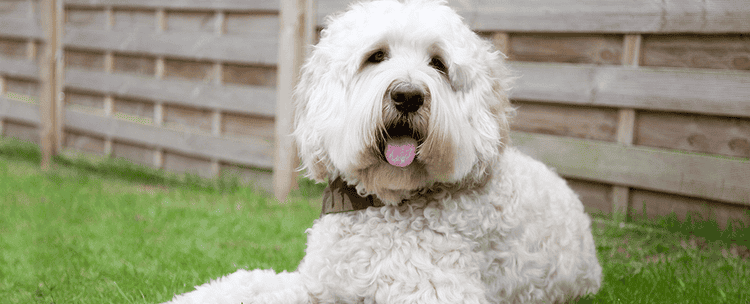Find a dog breed that fits with your family.
With hundreds of dog breeds to choose from, it can be confusing to find the right one, especially when you have kids. How do you know which dog breeds are best for families? When it’s time to pick a pup, consider the following factors, and then visit reputable breeders, rescue groups or local shelters to find the perfect companion.
1. Age and Size
Take the ages and sizes of your kids into account when deciding the age and size of a potential breed of dog. Toddlers and smaller children are often frightened or overwhelmed by large or high-energy dogs such as the Irish setter or the Australian shepherd.
Tiny dogs like the Chihuahua and Yorkshire terrier, on the other hand, are sometimes scared of children and may snap at them. Very small dogs may also be injured if the littlest members of the family accidentally drop something or step on them.
If you have young children but still want a smaller dog, look for sturdy breeds with calm, playful temperaments, including the bichon frise, corgi and Cavalier King Charles spaniel. But if you prefer larger dogs, the poodle, golden retriever and Bernese mountain dog are gentle, loyal family pets that are generally calm and easy to train, making them among the best family dog breeds.
2. Grooming and Walking
Who will be doing the daily walks? The grooming? And the cleaning? If your kids promise to do the dog-related chores, but you know most of the tasks will fall to you by default, consider the kind of coat you might be looking for. Dogs with longer hair or thick, fluffy coats, such as Pomeranians and Samoyeds, often require frequent brushing and more upkeep.
Shorthaired breeds, however, like the dachshund, beagle, Italian greyhound and Labrador retriever all have flat, smooth coats that don’t require as much upkeep.
As for walking the dog, if the task will be a child’s responsibility, make sure the size of the adult dog suits the size of the child. A dog grows much faster than a child, so an athletic middle-schooler who could handle an energetic German shepherd or Weimaraner puppy may have trouble with the full-size, 60-pound adult dog.
3. Allergies
You might not know that your child has an allergy to dogs until you bring one into your home. But if another family member has a known dog allergy, or if your kids have asthma or other allergies, breed type can be an important decision. A poodle may be your best option. Not only are poodles considered hypoallergenic dogs that shed very little (though no pet is truly hypoallergenic), but they’re also intelligent, friendly animals ranging in size from toy to standard.
In fact, this breed is so valued that the poodle and other favorite family dog breeds, like the golden retriever, Australian shepherd and Bernese mountain dog, are often bred together. That’s how the Goldendoodle, Aussiedoodle and Bernedoodle — all affectionate, happy and devoted dogs — came into being.
4. Rescue and Adoption
Raising a family is expensive, and bringing up a dog from puppyhood can be pricey, too — especially if you buy a popular, trendy breed. If you’re watching your budget or don’t want to get bogged down with puppy training, then adopting an adult, mixed-breed dog from a shelter or taking in an adult, purebred dog from a rescue group can be a good decision. If you choose to adopt from a rescue group, greyhounds make wonderful family pets.
Adult dogs typically have set personalities, so you know what you’re receiving, and they’re past the puppy stages of housetraining and chewing. Mixed breeds are sometimes healthier as well, simply because they haven’t been subjected to the same genetic lines over and over.
Whatever dog breed you choose for your family, make sure to visit the veterinarian for shots, a microchip and regular checkups. And no matter the size or type of dog, obedience training makes everybody in the family happier in the end.
Related Articles

Puppy Parenting: Our Downloadable Guide
New puppy? Whether this is your first go-round or your fifth, we know that so much goes in to raising healthy, happy pups. Check out our free guide, also available to download!





